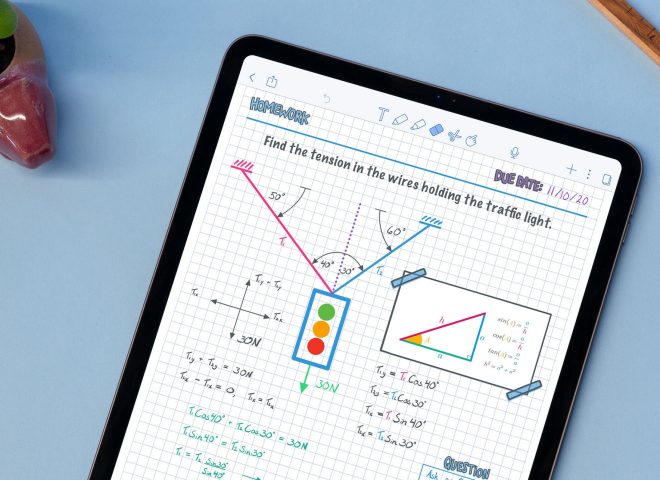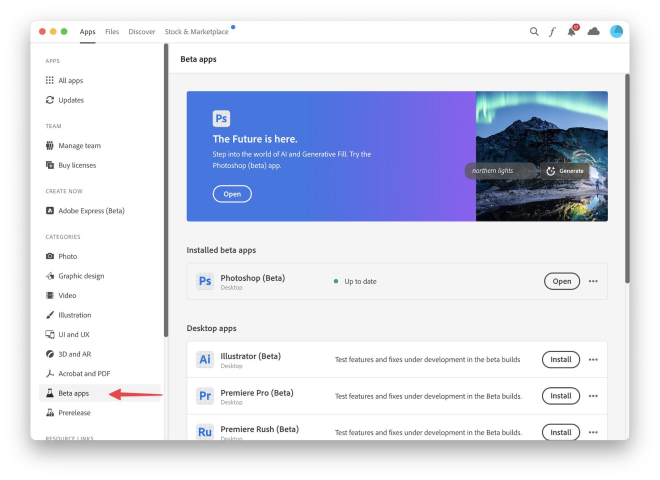The friction between your to-do list and finding time for creative flow
“Hey, can you send me admin access?”
“Where can I find that graphic?”
Or the dreaded… “Just following up on my last email…”
These are the little tasks that it’s easy to get lost in. They tend to multiply on your to-do list, and in the blink of an eye, you’ve spent an entire day trying to stay ahead of them. It’s no surprise why humans find checklists addicting; there’s definitely a little rush of dopamine from crossing off a task.
But are those little tasks really the things that move the needle? If you’re a startup like Astropad, the growth of your business isn’t measured by how many items you’ve crossed off on your to-do list. Instead, your growth depends on the time you devote to deep and meaningful work — product exploration, learning a new skill, or taking the time to have a genuine conversation with customers.
The paradox of little tasks
When I came across Cal Newport’s essay in The New Yorker, The Rise and Fall of Getting Things Done, I first felt relieved: I realized that I’m not alone in the feeling of existential dread when I power through a long checklist at the expense of allowing myself deep, meaningful work.
Newport explains that little tasks slow everybody down, causing a “tragedy of the commons” scenario:
“An office worker’s life is dramatically easier, in the moment, if she can send messages that demand immediate responses from her colleagues… But on the receiving end, the deluge of information and demands makes work unmanageable.”
On the other hand, if a worker “decides to decrease the amount of time that she spends engaging, she slows down other people’s work, creating frustration.”
Everyone’s frustrated, and productivity waivers.
It doesn’t help that the way we communicate in a remote setting makes it so easy to fire off Slack requests.
In a physical office, you could walk by someone’s desk and see if they appeared to be in deep concentration before you decided whether to interrupt them for that file you needed. But over Slack, conversations are so much more casual and often softened by emojis, so it’s easy to never wonder if you’re impeding someone’s flow.
Learning how to prioritize deep work and creativity
I feel like I’m constantly getting busier and busier with my job. And while I can handle more tasks, all of those little to-do items can chip away at the amount of time I have left to get into a creative flow — the time I need to produce great work.
Newport’s essay sort of left on a cliff-hanger: it explained how productivity culture is working against us, but it didn’t really offer many actionable ways for me to improve my workflow.
So I sat down with Astropad’s CEO to talk dissect the methods we’ve experimented with when trying to prioritize deep work. It’s definitely not something either of us have mastered, but in terms of pushing the company to the next level, it’s something we’ll continue to explore.
Free up your calendar for the good stuff
This solution might not be for everyone, but I’ve personally seen the benefits of condensing my meetings into just a handful of days. For me, that means scheduling strategy meetings on Mondays, and my 1-1s on Wednesdays. This leaves large blocks of time to get deeper into projects on Tuesday, Thursday, and Friday. Our Engineering Team also uses this practice, conducting their strategy meeting on Mondays, and leaving the rest of the week for focused work on engineering plans.
One downfall of this is social fatigue. I’m an introvert, so on days when I have multiple 1-1s — involving focused, active discussion — I often end the day feeling a bit drained. But for me, it’s worth it to have the uninterrupted-workflow-time during other days of the week.
Never schedule back-to-back meetings
I try to leave at least 30 minutes in between each meeting. I’ve found that most meetings stir up their own list of action items, so I like to knock those out immediately in the 30 minutes I have before my next meeting. That way, I don’t have to squeeze it all in at the end of the day when I’m tired from the socialization.
Find a rhythm that matches your productivity
On the days when I have mountains of uninterrupted time, I work on projects that require a flow state — like writing, or creating website designs. During these moments, I’ll put my phone on silent and turn off my Mac notifications, so I can work without distractions.
I tend to be most productive in the mornings and later at night, so during the busy seasons of work (like preparing for a product launch), I rearrange my workday to capitalize on these hours.
I’ll use my afternoons to workout or nap, and then come back online in the evenings for more focused work. Again, this might not work for everyone (especially if you have kids), but I’ve also come to love my “evening power hours” — Slack is usually pretty quiet, and I can settle into a nice ambiance, lighting a candle, maybe cracking open a beer… whatever it takes to dive into that flow state.
Let your coworkers know when you’re busy
At Astropad, we’ve normalized using a “deep work” Slack status to indicate when one of us is in a flow state. It’s our way of politely communicating to each other the periods when we’d appreciate uninterrupted focus time, and that we may not be super responsive to messages any time soon. It’s also acceptable to close out of Slack completely so that your focus isn’t broken by notifications.
Be transparent about your team’s workload
In his essay, Newport writes, “when I don’t know how much is currently on your plate, it’s easy for me to add one more thing.”
As a fully remote team, I miss out on a lot of the cues about how stressed each teammate is with their workload, things that I might be more likely to pick up on if I saw my team everyday in person. Working remotely comes with an extra responsibility to work transparently and over-communicate.
At Astropad, we use Notion to organize information and manage projects. On the marketing team, I set our weekly meeting agenda every Monday, and outline the week’s top two or three priorities for the team. I also break each priority up into tasks and assign DRIs (directly responsible individuals). That way, it’s easier to see how much each team member has on their plate, and how their work contributes to the week’s priorities.
Find people that vibe with your workflow
You’ll find more time for deep work if you surround yourself with people who value it just as much as you. It can be helpful to find others that work in a similar style as you, so you don’t get bogged down with miscommunications. This idea applies to both team members and contract workers. It starts with being aware of your own working style, and then building a team of people that fit right into your flow.
This lesson is one we’ve had to learn the hard way — many times over. For example, we’ve worked with agencies that were super formal, which didn’t match up with how we like to get work done at Astropad. We’d rather forego the stiff email exchange and just iron things out out over casual video calls or on Slack. And the best contractors we’ve found tend to match our work style, making communication and workflow more effortless.
Valuing deep work should be part of the company culture
Internally, bring people onto your team who are on board with your bigger mission. There are always going to be holes in the company, like product imperfections, things that could be optimized, etc.
In a startup, there’s a constant dance between optimizing what you already have and moving towards a bigger goal — which could ultimately be the difference between whether or not your business survives. It’s a really tough balance to strike. But it starts with encouraging the team to explore, experiment confidently, and most importantly, fail. The lessons you learn through experimentation and failure are the lessons that will take the company to the next level, which is far more valuable than any checklist.
[thrive_leads id=’20073′]





